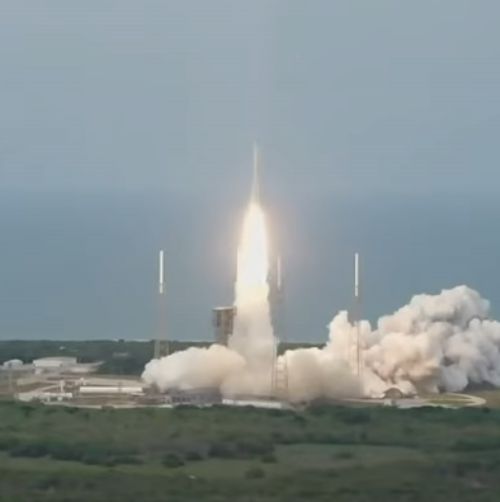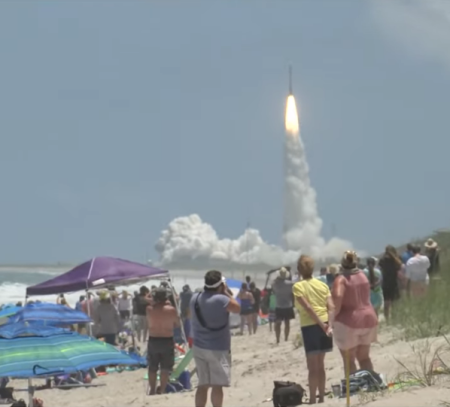ULA closing facility in Texas that makes parts for the retiring Atlas-5 rocket
ULA has announced that it is shutting down its facility in Harlingen, Texas, that makes parts for the company’s soon-to-be retired Atlas-5 rocket.
The facility will shut down at the end of this year, with a loss of about 100 jobs.
This closure is actually a very positive sign for ULA. It indicates that it is streamlining its operations. For example, construction of the Vulcan rocket that replaces the Atlas-5 is all done in Alabama. One of the reasons Atlas-5 cost so much was the widespread distribution of its ULA facilities, probably done to satisfy congressional demands.
With Vulcan, ULA has instead been much more focused on making it less expensive so it can compete with SpaceX. Thus, it simplified its construction, putting everything in Alabama. (Choosing Alabama was likely to satisfy the most powerful senator at the time, porkmeister Richard Shelby (R-Alabama), who has now retired.)
ULA has announced that it is shutting down its facility in Harlingen, Texas, that makes parts for the company’s soon-to-be retired Atlas-5 rocket.
The facility will shut down at the end of this year, with a loss of about 100 jobs.
This closure is actually a very positive sign for ULA. It indicates that it is streamlining its operations. For example, construction of the Vulcan rocket that replaces the Atlas-5 is all done in Alabama. One of the reasons Atlas-5 cost so much was the widespread distribution of its ULA facilities, probably done to satisfy congressional demands.
With Vulcan, ULA has instead been much more focused on making it less expensive so it can compete with SpaceX. Thus, it simplified its construction, putting everything in Alabama. (Choosing Alabama was likely to satisfy the most powerful senator at the time, porkmeister Richard Shelby (R-Alabama), who has now retired.)


